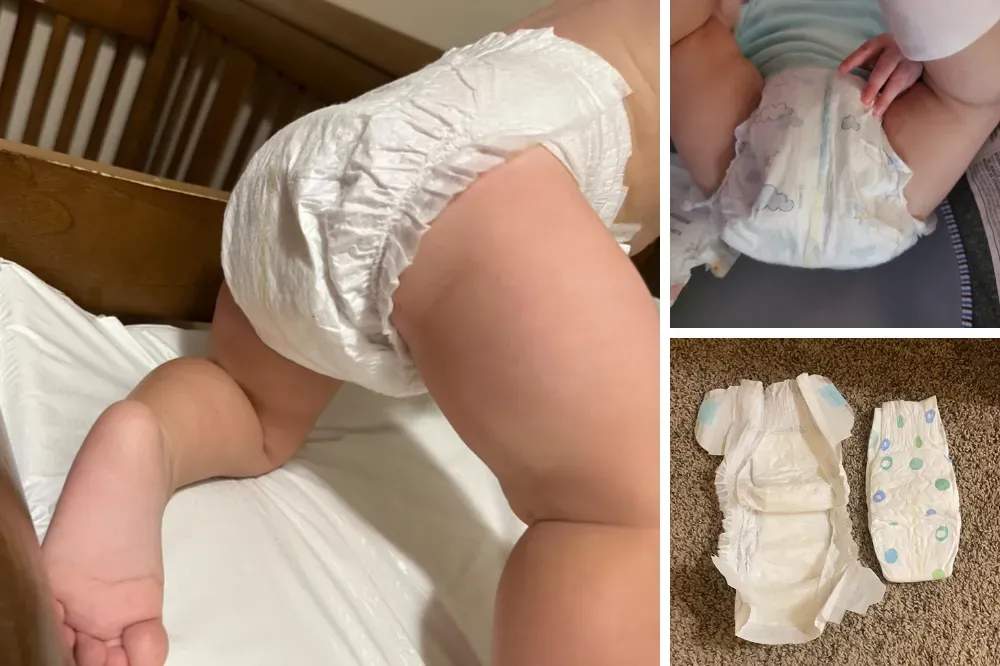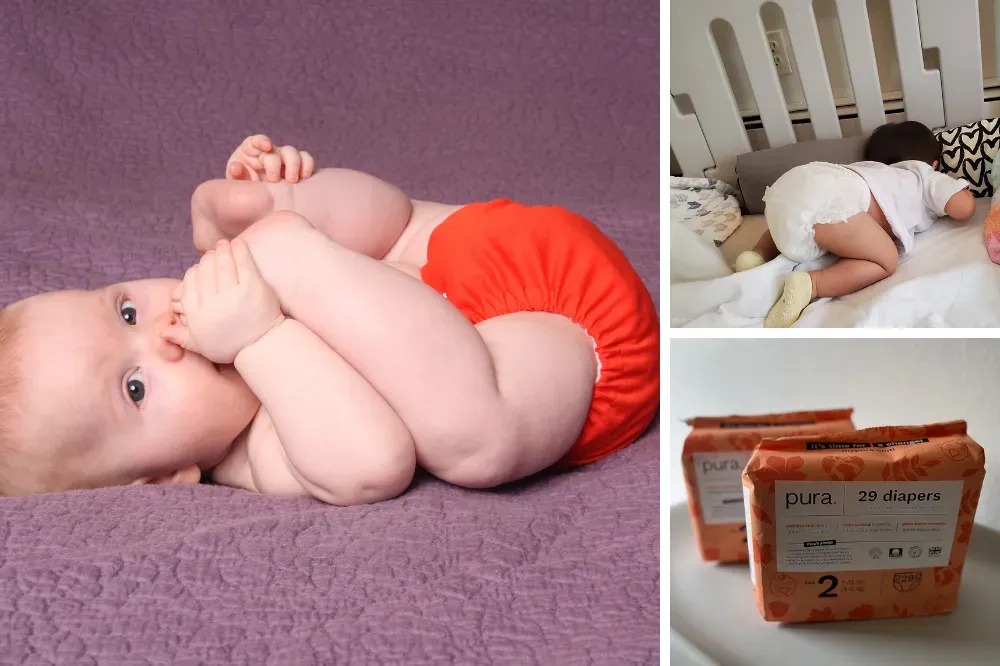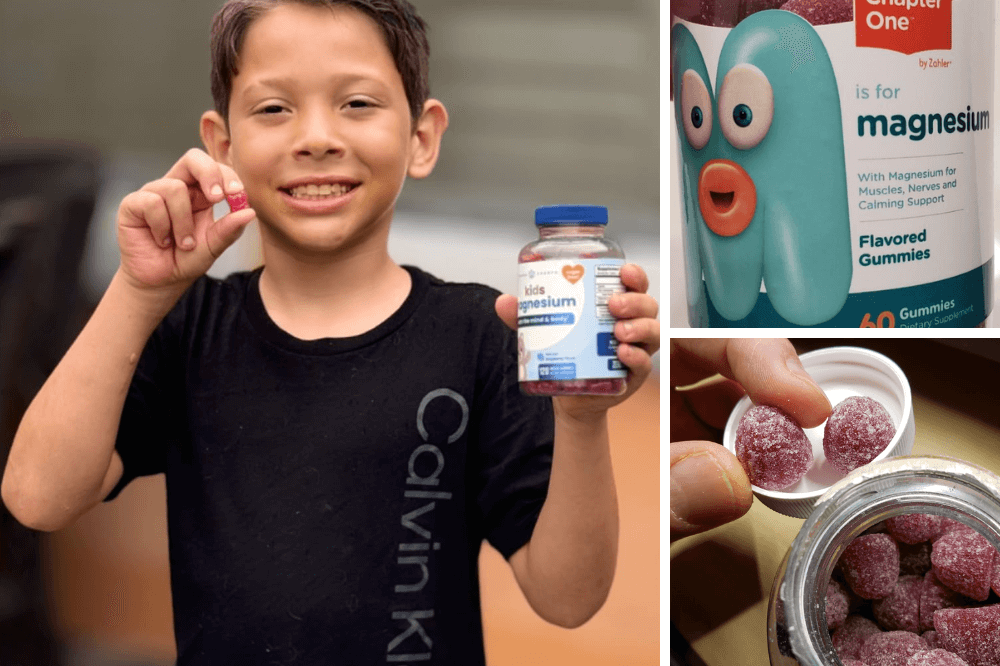Diaper rash is a common condition that affects many infants. It can cause discomfort and distress for your baby, and it can be challenging to manage. Keeping the baby's diaper area clean and dry is crucial in preventing and treating diaper rash. This guide will provide you with practical ways to treat the worst diaper rash and keep your baby's skin healthy and comfortable.
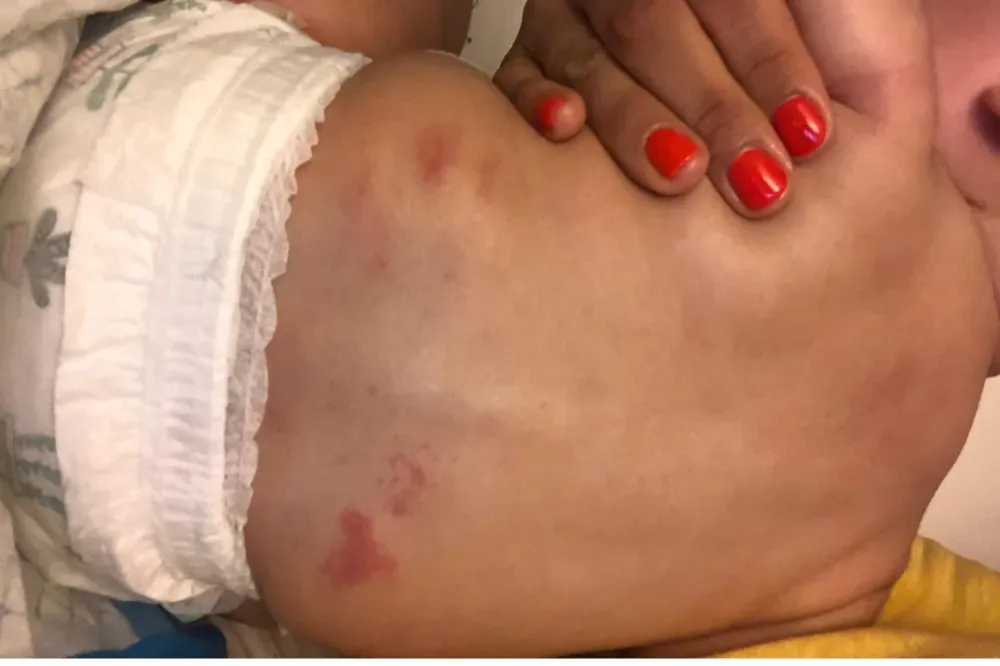
What Causes Diaper Rash?
A baby's diaper rash can result from various factors, including prolonged exposure to wet or soiled diapers, bacterial or yeast infections, and even allergic reactions to baby wipes or laundry detergents. Understanding the root cause is the first step in effectively treating diaper rash.
Identifying the Type of Diaper Rash
Different types of diaper rashes require different treatments:
- Irritant Diaper Rash: Caused by prolonged exposure to urine or stool.
- Yeast Diaper Rash: Often appears in the folds of the skin and is usually caused by the fungus Candida.
- Bacterial Diaper Rash: May include open sores or blisters and can be accompanied by a fever.
Immediate Steps to Treat Diaper Rash
- Change Diapers Frequently: Keep your baby's diaper area dry by changing wet or soiled diapers promptly. This helps prevent the irritation that can cause diaper rashes.
- Clean the Diaper Area: Use warm water and a soft washcloth or a squirt bottle of water to gently clean your baby's bottom. Keeping the baby's skin clean is crucial to prevent and treat diaper rash. Avoid using harsh soaps which can further irritate the skin.
- Pat Dry: Ensure the diaper area is completely dry before putting on a new diaper. Gently pat the area with a soft cloth instead of rubbing to avoid causing further irritation. Keeping the baby's skin dry helps prevent wetness and friction that can lead to diaper rash.
- Use Barrier Cream: Apply a thick layer of barrier cream, like zinc oxide, to protect the skin. These creams create a barrier between the skin and moisture, helping to prevent and heal diaper rash.

Choosing the Right Diapers
- Disposable Diapers: Super absorbent disposable diapers can help keep your baby's skin dry and reduce the risk of diaper rash. They are designed to pull moisture away from the skin.
- Cloth Diapers: If you prefer cloth diapers, ensure they are washed with mild soap and without fabric softeners, which can irritate the skin. Cloth diapers should also be changed more frequently to prevent wetness.
Home Remedies for Diaper Rash
- Baking Soda Bath: Adding baking soda to your baby's bath can help soothe irritated skin. Use two tablespoons of baking soda in a warm bath to neutralize acids and reduce inflammation.
- Breast Milk: Applying a small amount of breast milk to the affected area can promote healing due to its natural antibacterial properties.
- Aloe Vera: Known for its soothing properties, aloe vera can help reduce inflammation and provide relief from diaper rash.
Preventing Diaper Rash
- Frequent Diaper Changes: Change diapers as soon as they are wet or soiled. Keeping the diaper area dry is crucial for preventing diaper rash.
- Air Dry: Allow your baby to go diaper-free for short periods to let the skin breathe. This can help reduce moisture and irritation.
- Avoid Harsh Products: Use gentle, unscented baby wipes and mild laundry detergents. Avoid products with alcohol or fragrances that can irritate your baby's delicate skin.
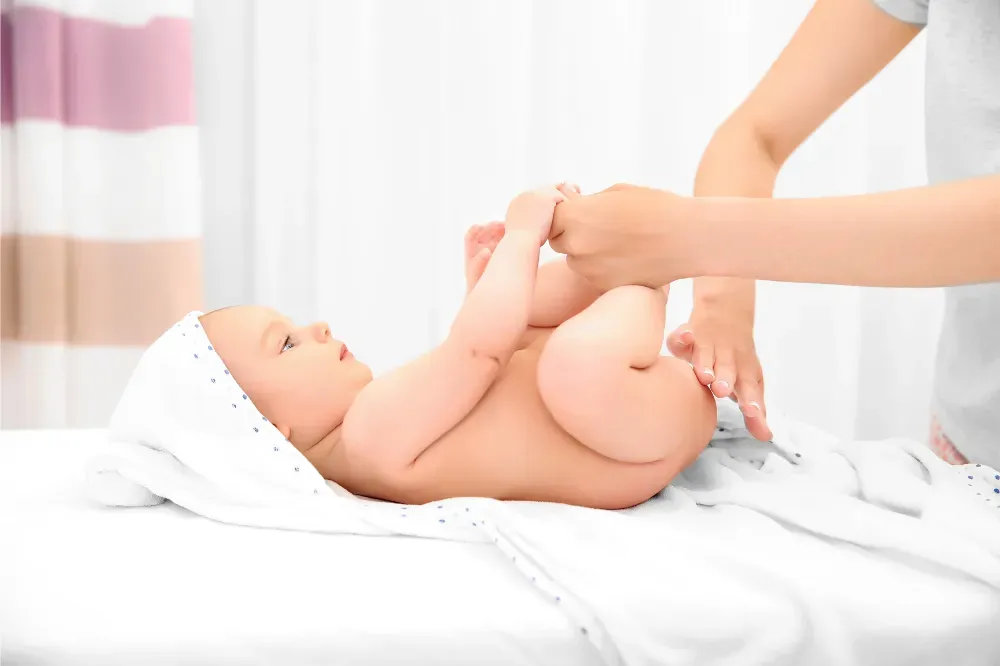
When to Use Diaper Rash Creams
Diaper rash creams can be very effective in treating and preventing diaper rashes. Look for creams that contain zinc oxide or petroleum jelly. These ingredients create a barrier that protects the skin from moisture. Apply the cream generously with each diaper change to prevent irritation.
Treating Severe Diaper Rash
For mild diaper rashes, home treatment is often sufficient, but for severe diaper rash, you may need to use a mild steroid cream or antifungal cream, especially if the rash is due to a yeast infection. Always consult your baby's doctor before using any prescription medication. In severe cases, your doctor might recommend a specific treatment plan to address the underlying cause.
Signs of Bacterial Diaper Rash
A bacterial diaper rash may cause blisters or pus-filled sores. If you suspect a bacterial infection, seek medical care. Your healthcare provider may prescribe an antibiotic ointment. In severe cases, oral antibiotics might be necessary to fully clear the infection.
Managing Diaper Rash from Allergic Reactions
If your baby's rash is due to an allergic reaction, identify and remove the irritant. Common allergens include certain baby wipes, soaps, and laundry detergents. Switching to hypoallergenic products can help. Keep a close eye on any new products you introduce to your baby's routine.
Special Considerations for Babies with Sensitive Skin
Babies with very delicate skin may be more prone to diaper rash. Use products specifically designed for sensitive skin and ensure the diaper area is kept clean and dry. Look for hypoallergenic and fragrance-free options. Regularly check your baby's skin for any signs of irritation.
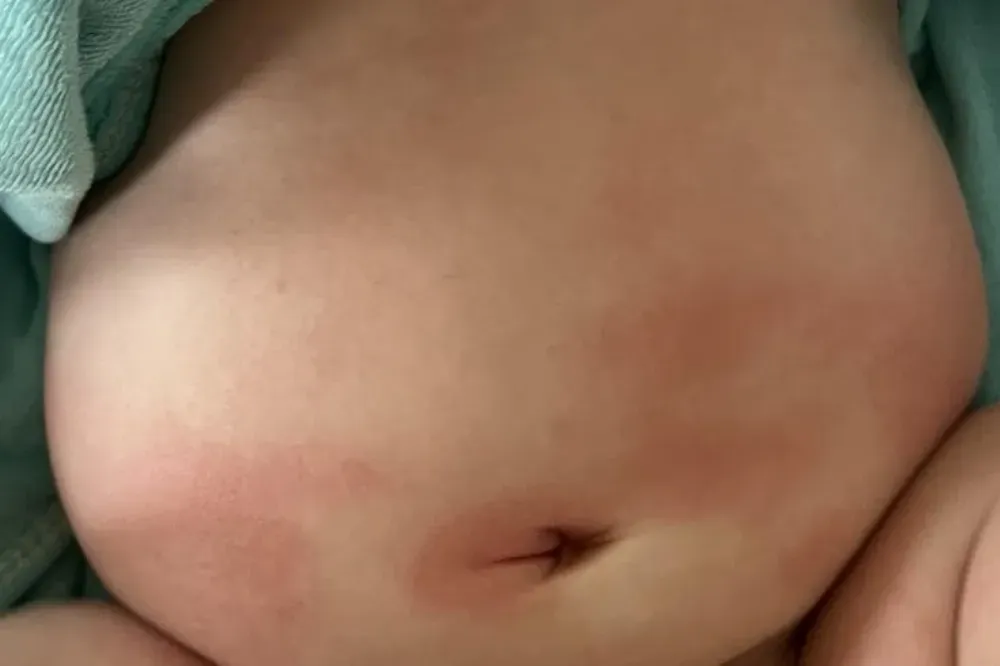
Role of Nutrition in Diaper Rash
Introducing new foods can sometimes lead to diaper rash. Solid foods and changes in diet can alter the acidity of your baby's stool, potentially causing irritation. Monitor your baby's reaction to new foods and adjust their diet if necessary. Breast milk can sometimes help balance the digestive tract and reduce the risk of diaper rash.
Common Myths about Diaper Rash
- Myth: Diaper rash is always caused by dirty diapers.
- Fact: Diaper rash can be caused by various factors, including infections, allergies, and even the type of diaper used.
- Myth: Only cloth diapers cause diaper rash.
- Fact: Both cloth and disposable diapers can cause diaper rash if not managed properly.
- Myth: You should use talcum powder to prevent diaper rash.
- Fact: Talcum powder can irritate the lungs if inhaled and is not recommended for use on babies.
When to Consult a Healthcare Provider
If the diaper rash persists for more than a few weeks, or if it spreads to other areas, consult your child's doctor. Persistent or severe rashes may require medical intervention. Signs that you should seek medical advice include:
- The rash is accompanied by a fever.
- The rash includes blisters, open sores, or pus.
- The rash is not improving with home treatment.
- The rash spreads beyond the diaper area.
Summary
Diaper rash is a common and manageable condition. By keeping your baby's diaper area clean and dry, using barrier creams, and addressing any underlying causes, you can effectively treat and prevent diaper rashes. Always consult with your healthcare provider if you have concerns about your baby's skin. Proper care and prompt treatment can help keep your baby's bottom rash-free and comfortable.
